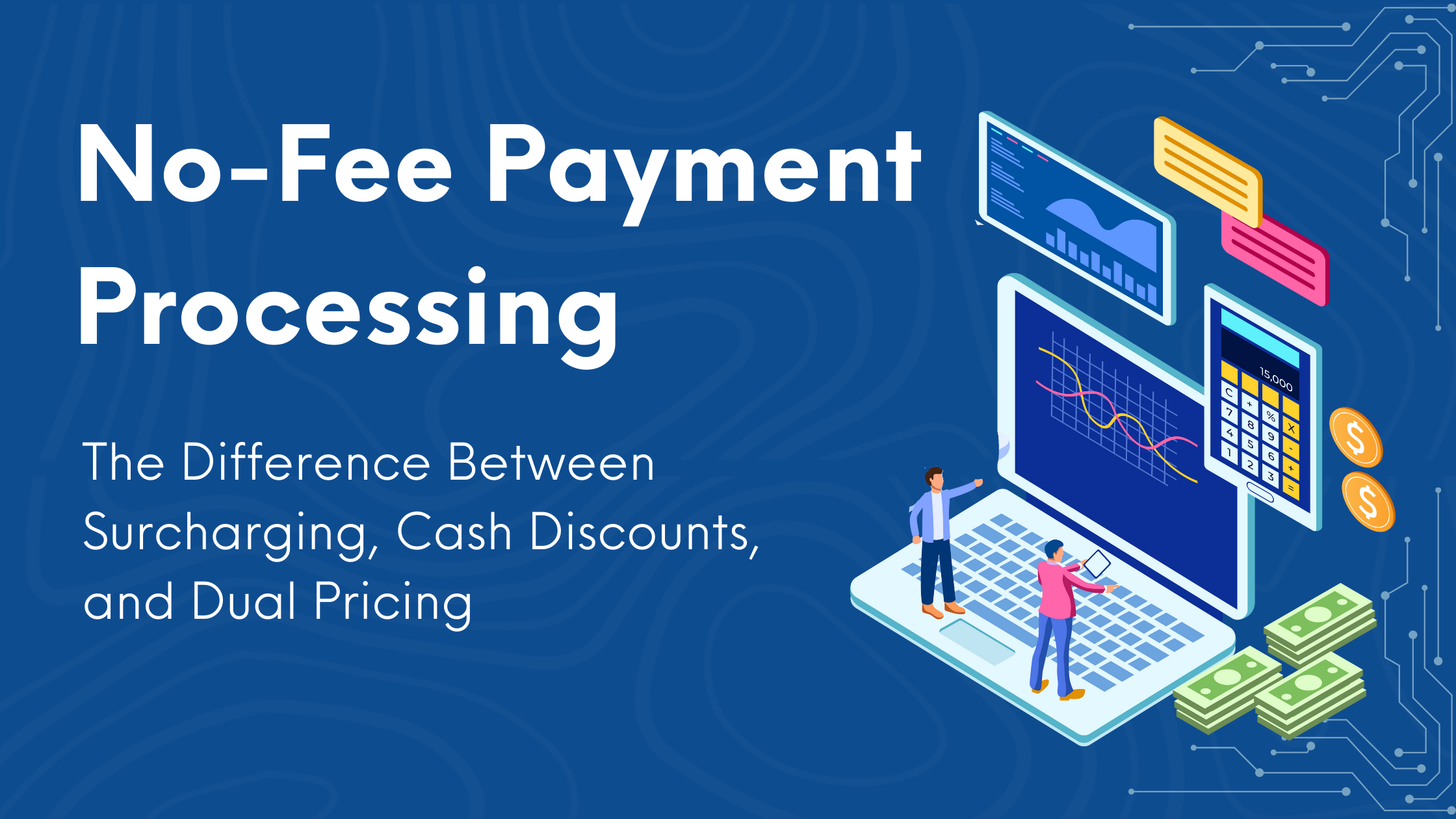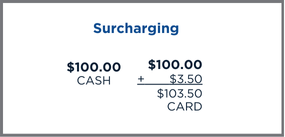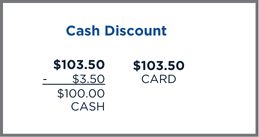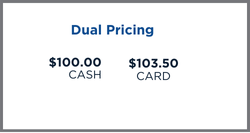Recent blog posts
The latest industry news, interviews, technologies, and resources
SignaPay Celebrates Fourth Appearance on Inc. Magazine’s Inc. 5000 List
FOR IMMEDIATE RELEASE Dallas, TX, August 13, 2024 – SignaPay, a premier provider of innovative payment solutions, is thrilled to announce its inclusion in Inc. Magazine’s prestigious Inc. 5000 list …
The Secret to Passive Income and Career Growth: Becoming an ISO Partner
As the payment processing landscape evolves, Independent Sales Organizations (ISOs) have become pivotal in bridging the gap between merchants and financial institutions. For entrepreneurs and professionals in the payment industry, …
Navigating the Quantum Highway: From Morning Commutes to Payment Security at SignaPay
By: David Leppek, CTO SignaPay January 7th, 2025 As I navigate the intricate highways of Dallas, my GPS guides me effortlessly to SignaPay’s office in Irving, Texas. Recently appointed as …
Supercharge Your Sales in 2025: Winning Strategies for Merchant Service Professionals
As we step into 2025, the landscape of merchant services continues to evolve, shaped by advancements in technology, changing consumer behaviors, and an increasingly competitive market. For professionals in credit …



